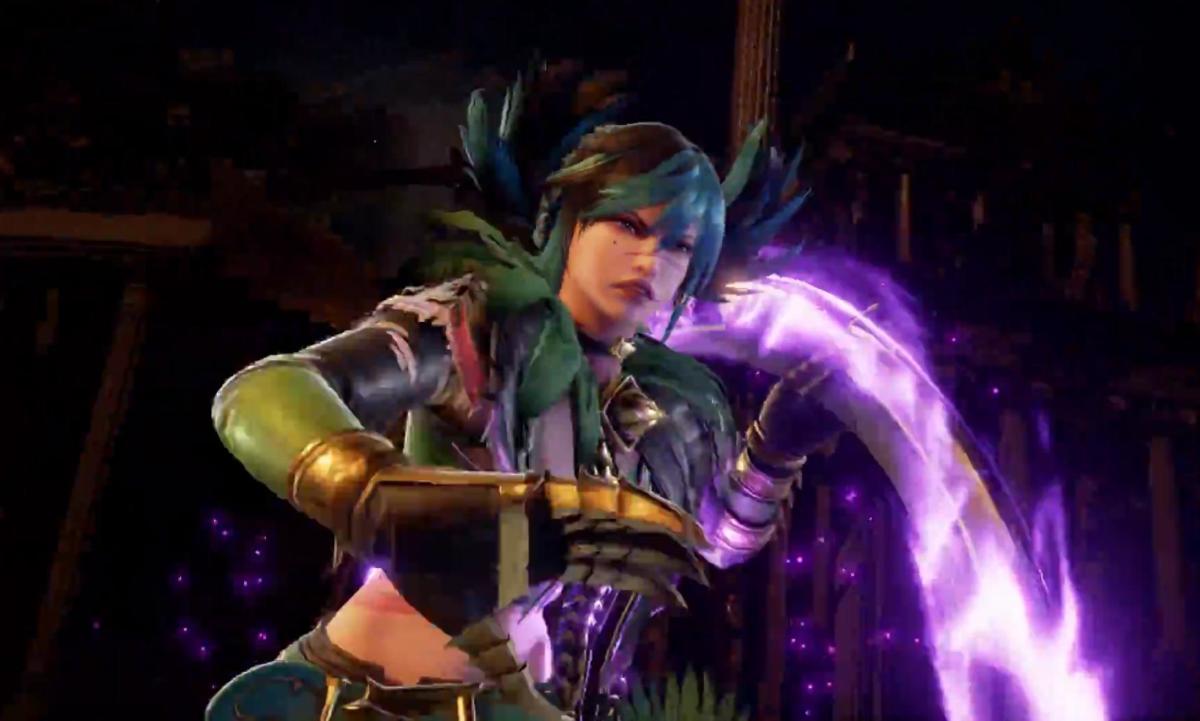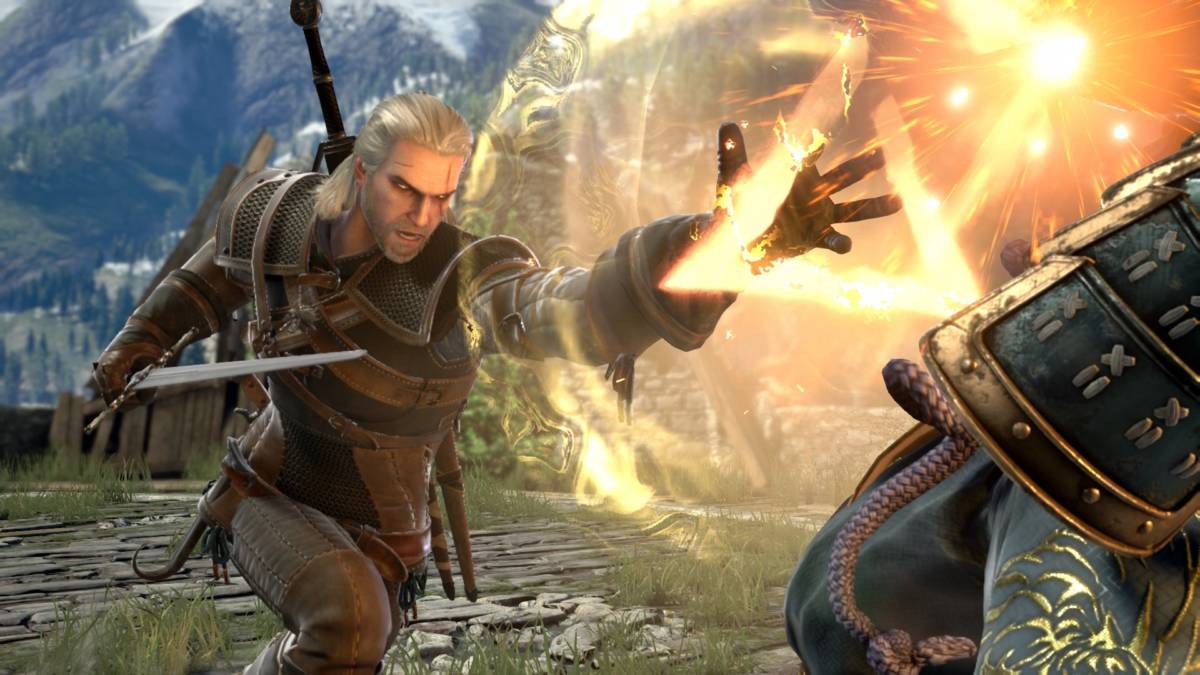Fighting games used to be the most rewarding genre. Back in the day before DLC was even a concept, many a new character could be unlocked in Tekken just by playing the game or achieving some weird feat. With fighting games being fairly restricted in variety thanks to their very nature, unlocking new characters was a way of keeping you invested, to keep grinding until you could be a kangaroo.
That’s not been the case for a long time, and not just in the fighting game genre in particular. Unlockable content is a rarity that is applauded whenever it’s included in a new game, which is a bizarre sentiment for anyone who grew up on a steady diet of Lucozade and cheat codes.
It’s fighting games, however, that have embraced segmenting content off for an extra fee far more than any other genre and they too often get a free pass. You never have the complete package when you buy a modern fighting game, just the skeleton to add flesh to with your wallet.
This came sharply into focus with the reveal of Soulcalibur VI including Tira as a DLC character. The ring blade weirdo has been a part of the roster since Soulcalibur III and has been a fan favourite ever since. This isn’t a Necrid situation we’re talking about: people love Tira as she’s been synonymous with the franchise for years. It’s not quite Street Fighter relegating Ryu to a DLC pack, but it’s not a million miles away, either.
Excuses could be made for Tira as a DLC character if Soulcalibur VI was already out, or if she was announced with a concept of what’s to come. Instead, Tira was revealed two months before the release of Soulcalibur VI when the full roster had yet to be revealed and, by all appearances, was already in a playable state. Naturally, Soulcalibur fans were up in arms over the cynical reveal.
This is unfortunately nothing new for fighting game DLC as a whole, though you would expect better from a series that hasn’t been at its best or most relevant in quite some time. Previous controversies have seen base versions of Goku and Vegeta somehow being extra paid content in Dragon Ball FighterZ, as well as Tekken 7’s Eliza being revealed as a pre-order DLC character before the game’s release.
Another problem with fighting game DLC comes down to it being severely overpriced and gating off characters until way past launch. Street Fighter V, for example, was released in a sorry state with a weak roster and general lack of content, though it’s managed to redeemed itself wholly over the past year with the release of its Arcade Edition.
One new addition to the roster to coincide with the Arcade Edition was Blanka, who was also available to purchase either individually or through the Season 3 Character Pass. The ultimate green cheeser has, like Tira, been a mainstay in Street Fighter for years and was conspicuous by his absence in the game’s initial launch. That it took Capcom two iterations of DLC packs before adding him reeks of creating demand, to drive up sales by making fans wait. For reference, the DLC pack would set you back thirty dollars: half the cost of outright buying the game at launch. Cody and Sagat were also added post-launch, despite being fan favourites.
The questionable business practices in fighting games continues with a look back on how Street Fighter X Tekken handled its DLC. Rather than creating characters post-launch to keep the content steadily flowing, Capcom had instead decided to already create and include the likes of Blanka (again), Cody, Bryan Fury, Christie Monteiro, Jack, and Lei Wulong on the game’s disc, but only at an additional price. Capcom tried to explain it away, but there was no salvaging what was a deeply reprehensible move.
Having not learned their lesson, Capcom tried something similar with Marvel vs. Capcom: Infinite (of all games). The poorly received follow-up was notoriously thin on the ground with its launch roster only having 30 characters, down considerably from Marvel vs. Capcom 3’s 36. Nine characters were added post-launch to take the total to 39, but having to spend to surpass the roster of an older game shouldn’t be a thing. Like Street Fighter V, you’d have to cough up an extra $30 for these additional characters, which were actually viewed as the game’s best picks by some players.
It doesn’t just stop at post-launch DLC, either. Different (and increasingly more expensive) editions of new games are an industry-wide attempt to squeeze more money out of the consumer because your $60 doesn’t always get you $60 worth of game anymore. They’re an equal nuisance in fighting games, too. Injustice 2 was initially available in a Standard Edition, Digital Deluxe Edition, and an Ultimate Edition with the latter setting players back $100. The Ultimate Edition granted players nine yet to be released DLC fighters alongside “premier skins” and gear shader packs, which would have just been things you would have unlocked not even a decade ago.
In an age where DLC is weighed up by which is the lesser of the “evils” or the least contemptuous, fighting game DLC too often gets a free pass. Make no mistake, it’s nowhere near the contentiousness of loot crates and its ilk, but unless publishers are reined in, launch rosters may become as thin as the patience of fans.
Some of the coverage you find on Cultured Vultures contains affiliate links, which provide us with small commissions based on purchases made from visiting our site.



